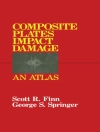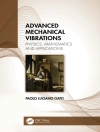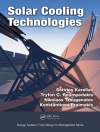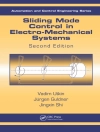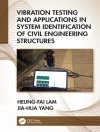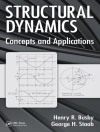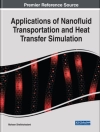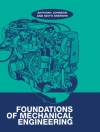To make the content of the book more systematic, this book mainly briefs some related basic knowledge reported by other monographs and papers about geometric mechanics. The main content of this book is based on the last 20 years’ jobs of the authors. All physical processes can be formulated as the Hamiltonian form with the energy conservation law as well as the symplectic structure if all dissipative effects are ignored. On the one hand, the important status of the Hamiltonian mechanics is emphasized. On the other hand, a higher requirement is proposed for the numerical analysis on the Hamiltonian system, namely the results of the numerical analysis on the Hamiltonian system should reproduce the geometric properties of which, including the first integral, the symplectic structure as well as the energy conservation law.
Innehållsförteckning
Introduction.- Symplectic Method for Finite-Dimensional System.- Multi-Symplectic Method for Infinite-Dimensional Hamiltonian System.- Dynamic Symmetry Breaking and Generalized Multi-Symplectic Method for Non-Conservative System.- Structure-Preserving Analysis on Impact Dynamic Systems.- Structure-Preserving Analysis on Dynamics of Micro/Nano Systems.- Structure-Preserving Analysis on Astrodynamics Systems.
Om författaren
Weipeng Hu is a distinguished Professor of Xi’an University of Technology. As the leader of the Innovation Team of Shaanxi (the team’s name is the key dynamics and control of advanced equipment) and the Youth Innovation Team of Shaanxi Universities (the team’s name is the dynamics and control of the Solar Power Satellite System). Prof. Hu has devoted himself to investigating the numerical methods of the nonlinear dynamic systems, especially in the fields of the structure-preserving method for the infinite dimensional non-conservative dynamic systems. Associated with the above innovative jobs, an academic monograph and more than 50 papers have been published in SCI-indexed journals as the first or the corresponding author (4 of which are ESI highly cited papers). The above research jobs were funded by five National Natural Science Foundations of China and the Shannxi Outstanding Young Scientists Fund. In addition, he won the first prize of Science and Technology Award of Shannxi Universities and the first prize of Science and Technology Award of Shannxi.
Chuan Xiao is the chief engineer of China Research and Development Academy of Machinery Equipment and the chief scientist of China North Industries Group Corporation Limited. He enjoys the special allowance of the State Council. Dr. Xiao has been engaged in the engineering technology and fundamental research of explosives, explosion physics, ammunition warhead, damage test and effectiveness assessment, etc. He presided over more than 20 major scientific research tasks, won 19 scientific and technological awards, was authorized 44 invention patents, and published more than 40 academic papers. Furthermore, he served as the deputy director of the Special Committee on Warhead and Damage Technology of the Chinese Society of Astronautics, and the deputy director of the Special Committee on Explosives and Ammunition of China Ordnance Society. He also served on editorial board in the Chinese Journal of Explosives & Propellants, Chinese Journal of Energetic Materials, Defence Technology, etc.
Zichen Deng is a full professor at Northwestern Polytechnical University, Dean of School of Aeronautics and Director of Key Laboratory for Dynamics and Control of Complex Systems, Ministry of Industry and Information Technology. He is a distinguished professor of the Chang Jiang Scholars Program, a member of the Mechanics Discipline Review Group of the Academic Degree Commission of the State Council and a member of the Advisory Committee for Mechanics Specialty, Ministry of Education. His main interests include dynamics and control in aerospace engineering, computational mechanics, engineering mechanics and applied mathematics. According to systematic cross research on computational mechanics and optimal control theory by symplectic geometrical theory, his research results have been applied to Aerospace Systems, Flexible Multibody Systems, Optimum Design of Advanced Materials and Structures.


